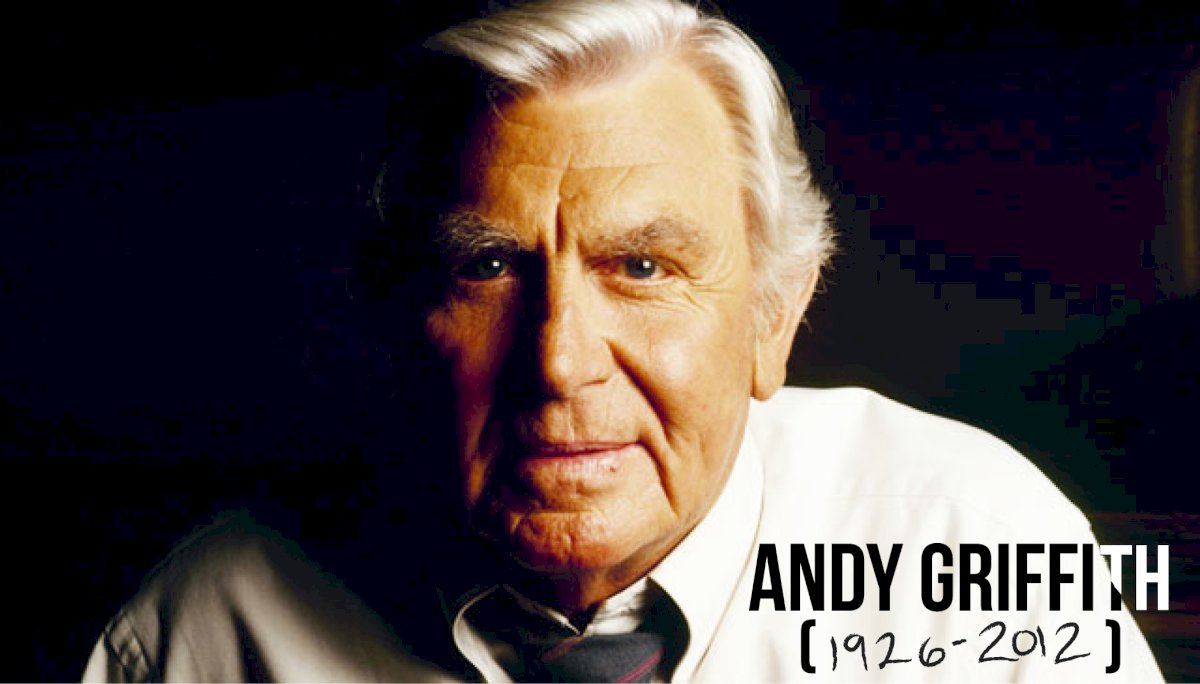"Miracle on 34th Street," a 1947 holiday film directed by George Seaton, has not only become a perennial Christmas favorite but also a recipient of three Academy Awards, including Best Actor. This article delves into the enduring charm of "Miracle on 34th Street," exploring its captivating plot, memorable characters, and the reasons behind its well-deserved Oscar win.

At the core of "Miracle on 34th Street" is a heartwarming narrative centered around a man who claims to be Kris Kringle (Edmund Gwenn), the real Santa Claus. Kris finds himself working as a Macy's department store Santa Claus, spreading joy and the true spirit of Christmas. As Kris faces skepticism and legal challenges, the film unfolds, testing the belief in the existence of Santa Claus.

The film's strength lies in its endearing characters portrayed by a stellar cast, including Maureen O'Hara as Doris Walker, John Payne as Fred Gailey, and a young Natalie Wood as Susan Walker. The chemistry among the actors and the genuine performances elevate the film beyond typical holiday fare, making it a timeless cinematic experience.

"Miracle on 34th Street" resonates with audiences due to its exploration of themes such as faith and belief. In a world often filled with cynicism, the film encourages viewers to embrace the wonder and magic of Christmas. Kris Kringle's unwavering belief in the goodness of people, along with Susan's journey from skepticism to faith, resonates with audiences, fostering a sense of hope and optimism.

The film cleverly uses the courtroom setting to pose fundamental questions about the nature of belief, challenging the audience to reflect on the importance of maintaining a childlike faith in the unseen and the extraordinary.
Edmund Gwenn's portrayal of Kris Kringle earned him the Academy Award for Best Actor in a Supporting Role. Gwenn's performance was nothing short of magical, capturing the essence of Santa Claus with warmth, authenticity, and a twinkle in his eye. His embodiment of the iconic character went beyond mere costume and makeup, leaving an indelible mark on the cinematic portrayal of Santa Claus.

Gwenn's Kris Kringle is not just a jolly old man in a red suit; he is a symbol of kindness, generosity, and the embodiment of the Christmas spirit. The actor's ability to convey the character's sincerity and goodness contributed significantly to the film's success and secured its place as a holiday classic.

"Miracle on 34th Street" has left an indelible mark on popular culture, influencing subsequent Christmas films and becoming a reference point for the quintessential holiday movie. The film's enduring appeal is evident in its numerous adaptations, including a 1994 remake, stage productions, and television broadcasts during the holiday season.

The iconic Macy's Thanksgiving Day Parade, featured prominently in the film, has become a cultural phenomenon in its own right, further solidifying the movie's place in the collective consciousness of audiences worldwide.
Seventy-five years since its initial release, "Miracle on 34th Street" continues to enchant new generations of viewers. Its timeless message of love, generosity, and the importance of embracing the magic of Christmas transcends cultural and generational boundaries.

The film's black-and-white cinematography, reminiscent of a bygone era, adds a nostalgic charm that enhances its timeless quality. The simplicity of its storytelling and the absence of elaborate special effects contribute to its enduring appeal, allowing audiences to connect with the characters and themes on a deeper, more personal level.

"Miracle on 34th Street" is more than just a Christmas movie; it's a cinematic gem that has earned its place in the annals of film history. Its Oscar-winning performance, timeless themes, and enduring legacy make it a must-watch during the holiday season. As we revisit this classic each year, we are reminded of the enduring magic of Christmas and the timeless power of belief—a sentiment that will continue to resonate for generations to come.


